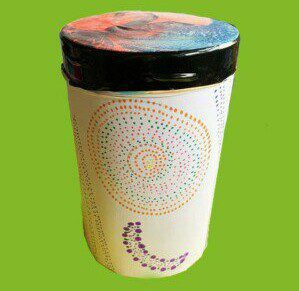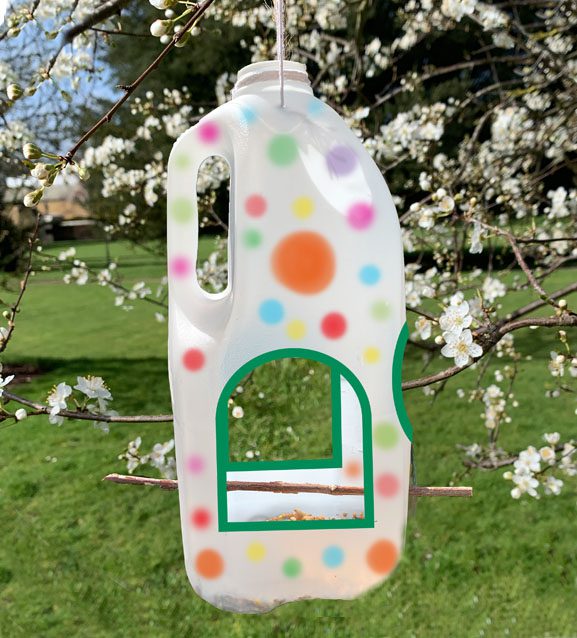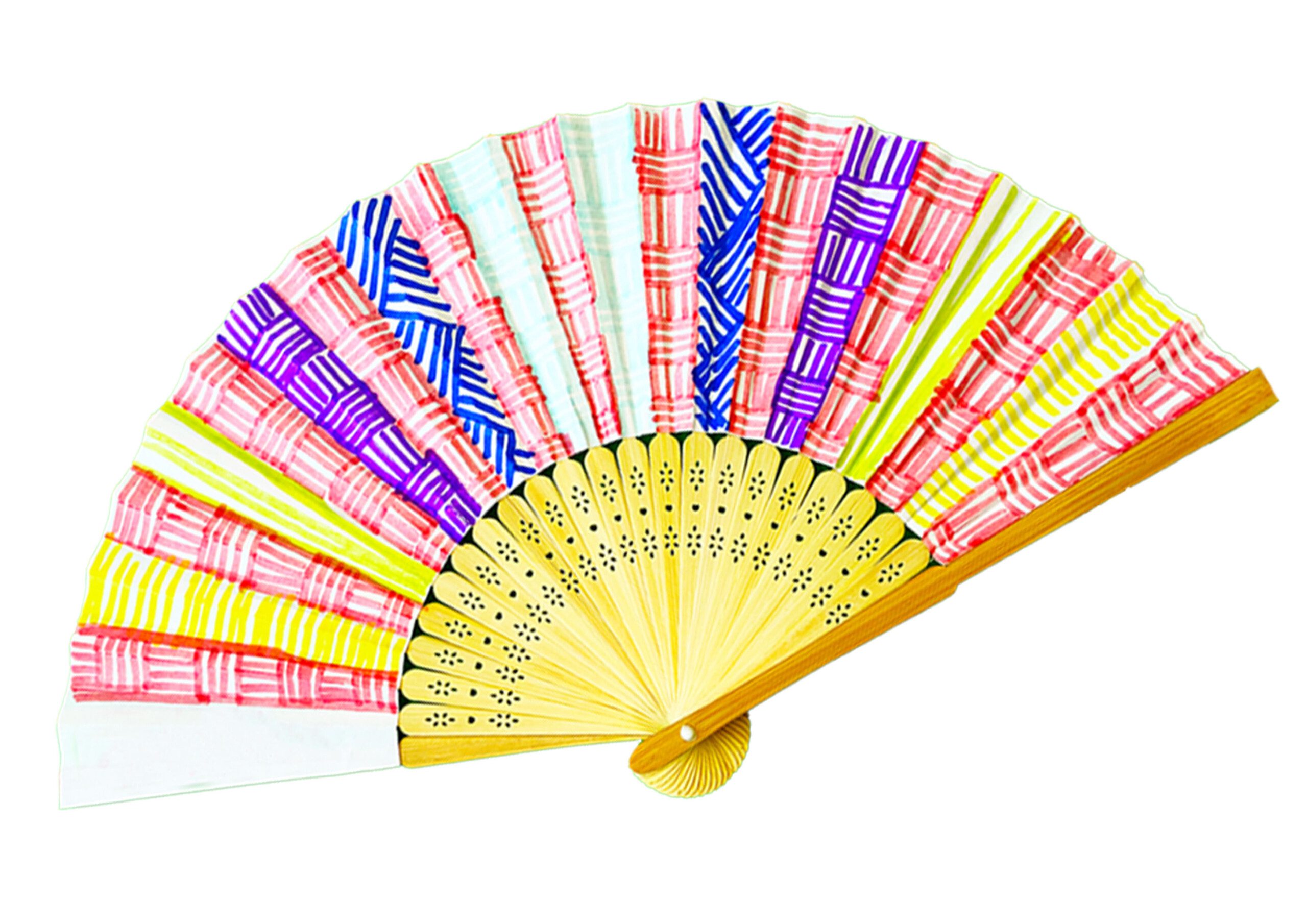Create your own djembe drum with #MuseumMake – a fun craft activity inspired by The Powell-Cotton Museum.
What is a djembe drum?
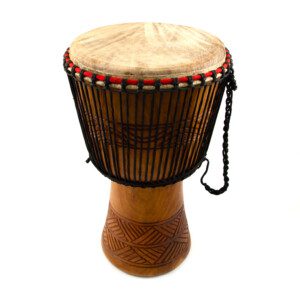
The djembe drum is one of West Africa’s best-known instruments. It is said to have been invented in the 12th century by the Mandinke tribe in what is now Mali, in West Africa. It has been played by West Africans for generations as a regular part of ceremonial life in Mali, Guinea, Senegal and other neighbouring West African countries.
Traditionally, the djembe is played only by men and they are called djembefola. It is very rare to see women play.
The djembe body is carved from a single log of hardwood. Historically the djembe head was made from rawhide, mostly goatskin. But today other skins, such as antelope, cow, kangaroo, or horse are used as well.
What does a djembe sound like?
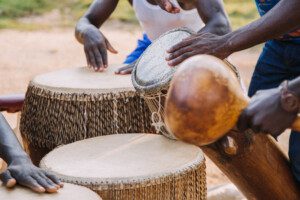 This sound sample of a djembe drum has the three basic sounds of bass, tone, and slap. The bass sound is produced by striking the drum with the palm and flat fingers near the centre of the skin. The tone and slap are produced by striking the drum closer to the edge of the skin.
This sound sample of a djembe drum has the three basic sounds of bass, tone, and slap. The bass sound is produced by striking the drum with the palm and flat fingers near the centre of the skin. The tone and slap are produced by striking the drum closer to the edge of the skin.
What next?
You could
- Find out what percussion instruments are played in West Africa.
- Find out about drums played in Uganda (the engalabi), and Nigeria (the sakara, dundun and batá). What do they look like, how do they sound, who plays them and how?
- Create your own djembe drum with #MuseumMake. Download the activity pdf below.
